Problems on Right Circular Cylinder
Here we will learn how to solve different types of problems on right circular cylinder.
1. A solid, metallic, right circular cylindrical block of radius 7 cm and height 8 cm is melted and small cubes of edge 2 cm are made from it. How many such cubes can be made from the block?
Solution:
For the right circular cylinder, we have radius (r) = 7 cm, height (h) = 8 cm.
Therefore, its volume = πr2h
= 227 × 72 × 8 cm3
= 1232 cm3
The volume of a cube = (edge)3
= 23 cm3
= 8 cm3
Therefore, the number of cubes that can be made = volume of the cylinder/volume of a cube
= 1232cm38cm3
= 154
Therefore, 154 cubes can be made from the block.
2. The height of a cylindrical pillar is 15 m. The diameter of its base is 350 cm. What will be the cost of painting the curved surface of the pillar at Rs 25 per m2?
Solution:
The base is circular and so the pillar is a right circular cylinder.
Here, radius = 175 cm = 1.75 m and height = 15 m
Therefore, the curved surface area of the pillar = 2πrh
= 2 × 227 × 1.75 × 15 m2
= 165 m2
Therefore, the cost of painting this area = Rs 25 × 165 = Rs 4125.
3. A cylindrical container is to be made of tin. The height of the container is 1 m and the diameter of the base is 1 m. If the container is open at the top and tin sheet costs Rs 308 per m2, what will be the cost of tin for making the container?
Solution:
Given, diameter of the base is 1 m.
Here, radius = r = 12 m and height = h = 1 m.
Total area of tin sheet required = curved surface area + area of the base
= 2πrh + πr2
= πr(2h + r)
= π ∙ 12 ∙ (2 × 1 + 12) m2
= 5π4 m2
= 54 ∙ 227m2
= 5514 m2
Therefore, the cost of tin = Rs 308 × 5514 = Rs 1210.
4. The dimensions of a rectangular piece of paper are 22 cm × 14 cm. It is rolled once across the breadth and once across the length to form right circular cylinders of biggest possible surface areas. Find the difference in volumes of the two cylinders that will be formed.
Solution:
When rolled across the breadth
Circumference of the cross section = 14 cm and height = 22 cm
Therefore, 2πr = 14 cm
or, r = 142π cm
or, r = 142×227 cm
or, r = 4922 cm
When rolled across the length
Circumference of the cross section = 22 cm and height = 14 cm
Therefore, 2πR = 22 cm
or, R = 222π cm
or, r = 222×227 cm
or, r = 72 cm
Therefore, volume = πR2h
= 227 × (72)2 × 14 cm3
= 11 × 49 cm3
Therefore, the difference in volumes = (11 × 49 - 7 × 49) cm3
= 4 × 49 cm3
= 196 cm3
Therefore, 196 cm3 is the difference in volumes of the two cylinders.
From Problems on Right Circular Cylinder to HOME PAGE
Didn't find what you were looking for? Or want to know more information about Math Only Math. Use this Google Search to find what you need.
Recent Articles
-
Counting Numbers from 1 to 50 | Match the Number | Missing Numbers
Apr 04, 25 03:46 PM
In counting numbers from 1 to 50, recognize the numbers, count and then join the numbers in the correct number order. Here we mainly need eye-hand coordination to draw the picture and maintain the num -
Counting Eleven to Twenty with Numbers and Words |Numbers from 11 - 20
Apr 04, 25 03:21 PM
Counting eleven to twenty with numbers and words are explained below. One ten and one more is eleven. Eleven comes after ten. One ten and two more is twelve. Twelve comes after eleven. -
5th Grade BODMAS Rule Worksheet | PEMDAS | Order of operations|Answers
Apr 03, 25 03:11 PM
In 5th Grade BODMAS Rule Worksheet you will get different types of problems on mathematical expressions involving different operations, mathematical expression with 'brackets' and 'of' and simplifying… -
Worksheet on Simplification | Simplify Expressions | BODMAS Questions
Apr 03, 25 02:58 PM
In worksheet on simplification, the questions are based in order to simplify expressions involving more than one bracket by using the steps of removal of brackets. This exercise sheet -
Divisible by 2 Video |Test of Divisibility by 2 Trick| Rules| Examples
Apr 03, 25 10:25 AM
A number is divisible by 2 if the digit at unit place is either 0 or multiple of 2. So a number is divisible by 2 if digit at its units place is 0, 2, 4, 6 or 8.
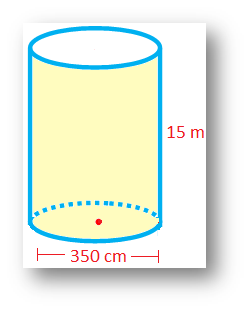
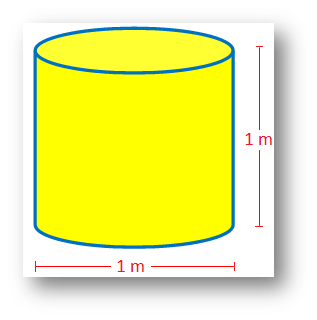
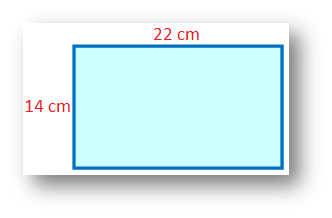
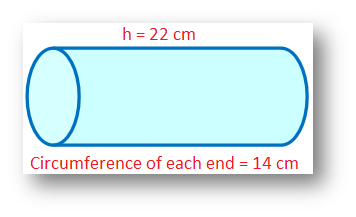
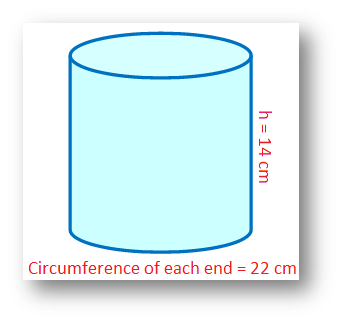



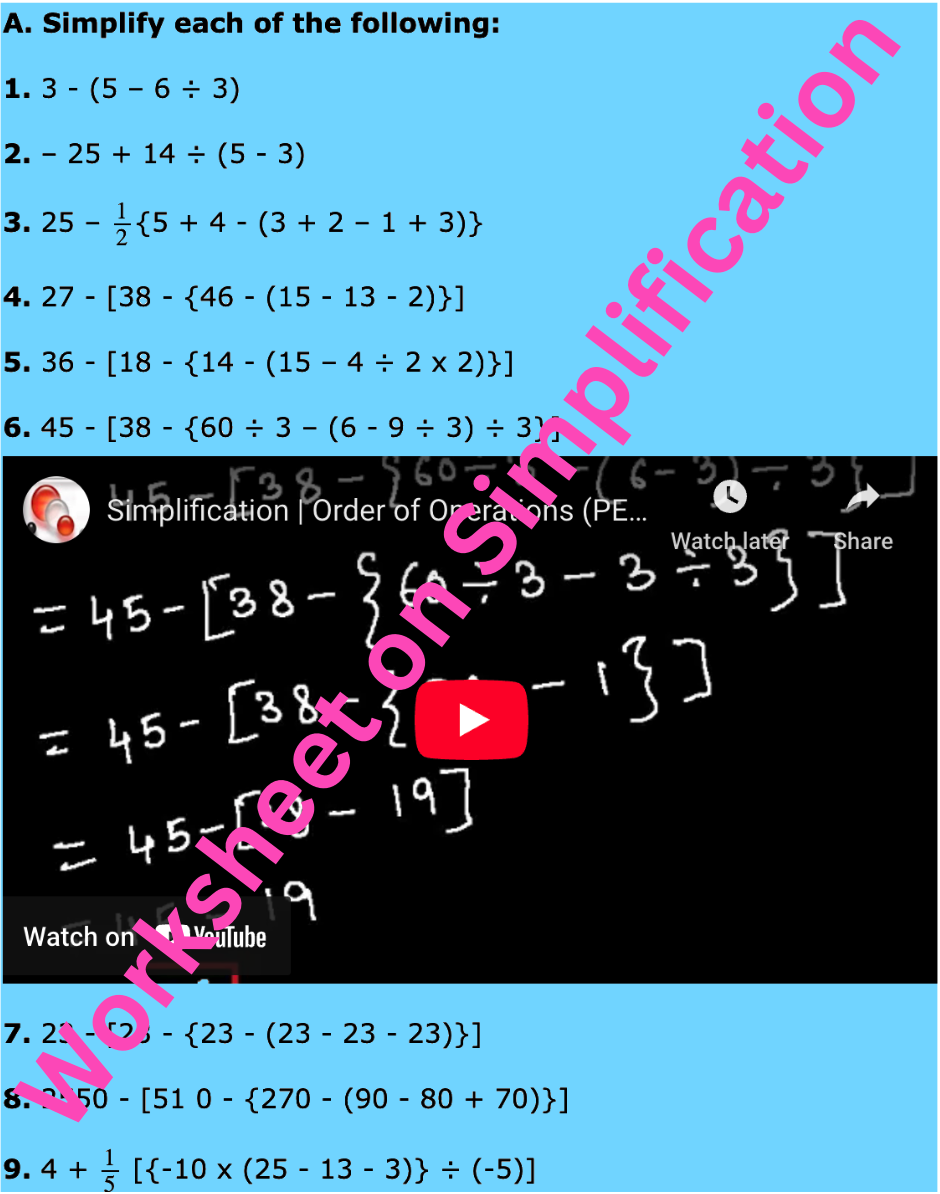

New! Comments
Have your say about what you just read! Leave me a comment in the box below. Ask a Question or Answer a Question.